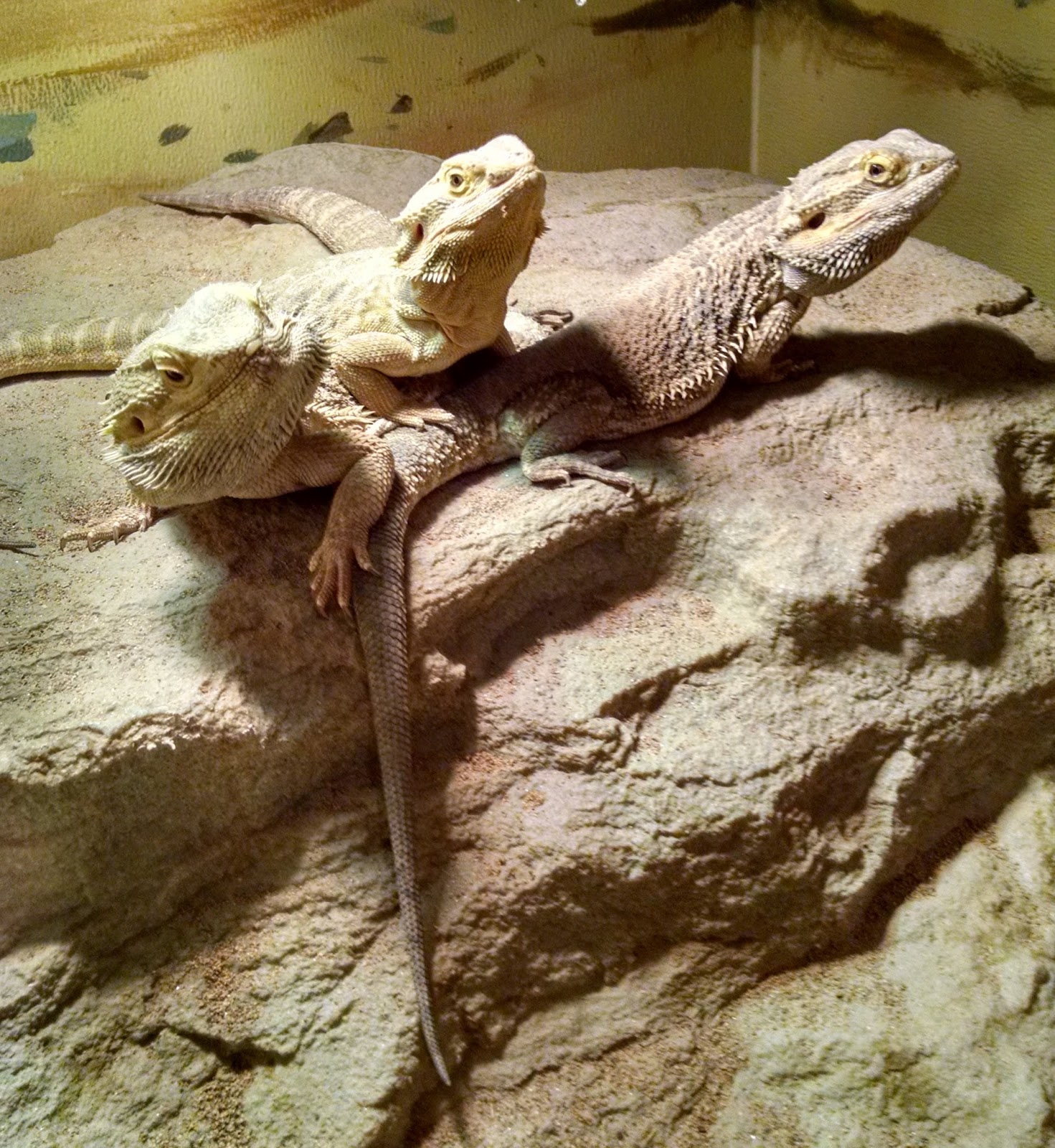The Fascinating World of Conjoined Bearded Dragons: A Beginner's Guide
Introduction
When you first hear the term ‘conjoined bearded dragon’, you may be a bit confused. What does it mean? How does it happen? Can they survive? All of these are valid questions, and in this comprehensive guide, we will explore the unique phenomenon of conjoined bearded dragons.
What are Conjoined Bearded Dragons?
Conjoined bearded dragons, also known as Siamese bearded dragons, are a rare occurrence in which two dragons are born physically attached to each other. This happens due to an incomplete separation during embryo formation in the egg, and it is estimated that only 1 in 20,000 bearded dragons are born conjoined.

Types of Conjoined Bearded Dragons
There are two main types of conjoined bearded dragons: lateral and ventral. Lateral conjoined dragons are attached by their sides and share a body wall, meaning they have separate heads, limbs, and tails. Ventral conjoined dragons, on the other hand, are attached by their bellies and share some of their internal organs.

Can Conjoined Bearded Dragons Survive?
The survival rate of conjoined bearded dragons is unfortunately very low. This is because they face a number of physical challenges, such as limited mobility and organ sharing. Additionally, they may be rejected by their mother or weaker than their non-conjoined siblings. However, there have been a few cases where conjoined bearded dragons have survived and even thrived in captivity, with careful monitoring and proper care.
Caring for Conjoined Bearded Dragons
If you ever come across conjoined bearded dragons and decide to take care of them, there are some things to keep in mind. Firstly, it is important to realize that they will have some limitations in terms of movement and space. You will need to provide them with a larger tank than usual to allow for extra space for them to move around. Additionally, you may need to provide them with a specialized diet and extra care to ensure their overall health and wellbeing.

Fascinating Facts about Conjoined Bearded Dragons
- Conjoined bearded dragons are often sterile and cannot reproduce.
- The world’s first recorded case of conjoined bearded dragons was in 2008 in South Africa.
- Conjoined bearded dragons have been observed to exhibit different personalities, with one being dominant and the other more submissive.
- There is no known cure for conjoined bearded dragons and surgical separation can be risky.
- Conjoined bearded dragons can live up to a year or more with proper care.
Conclusion
Conjoined bearded dragons may be a rare occurrence, but they are fascinating creatures that deserve our attention and care. While their survival rate is low, with careful monitoring and proper care they can thrive in captivity. We hope this guide has helped you better understand conjoined bearded dragons and appreciate the unique wonder of nature.
